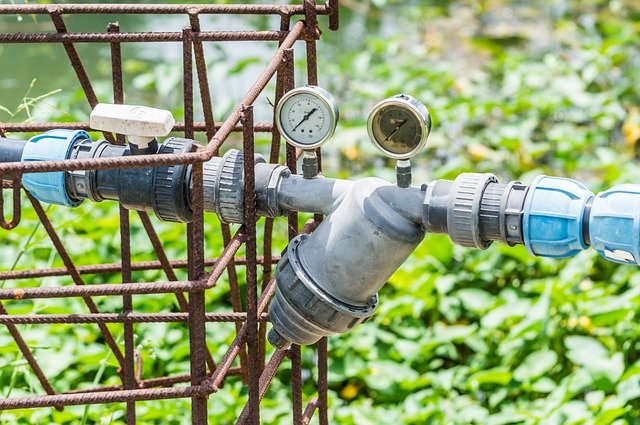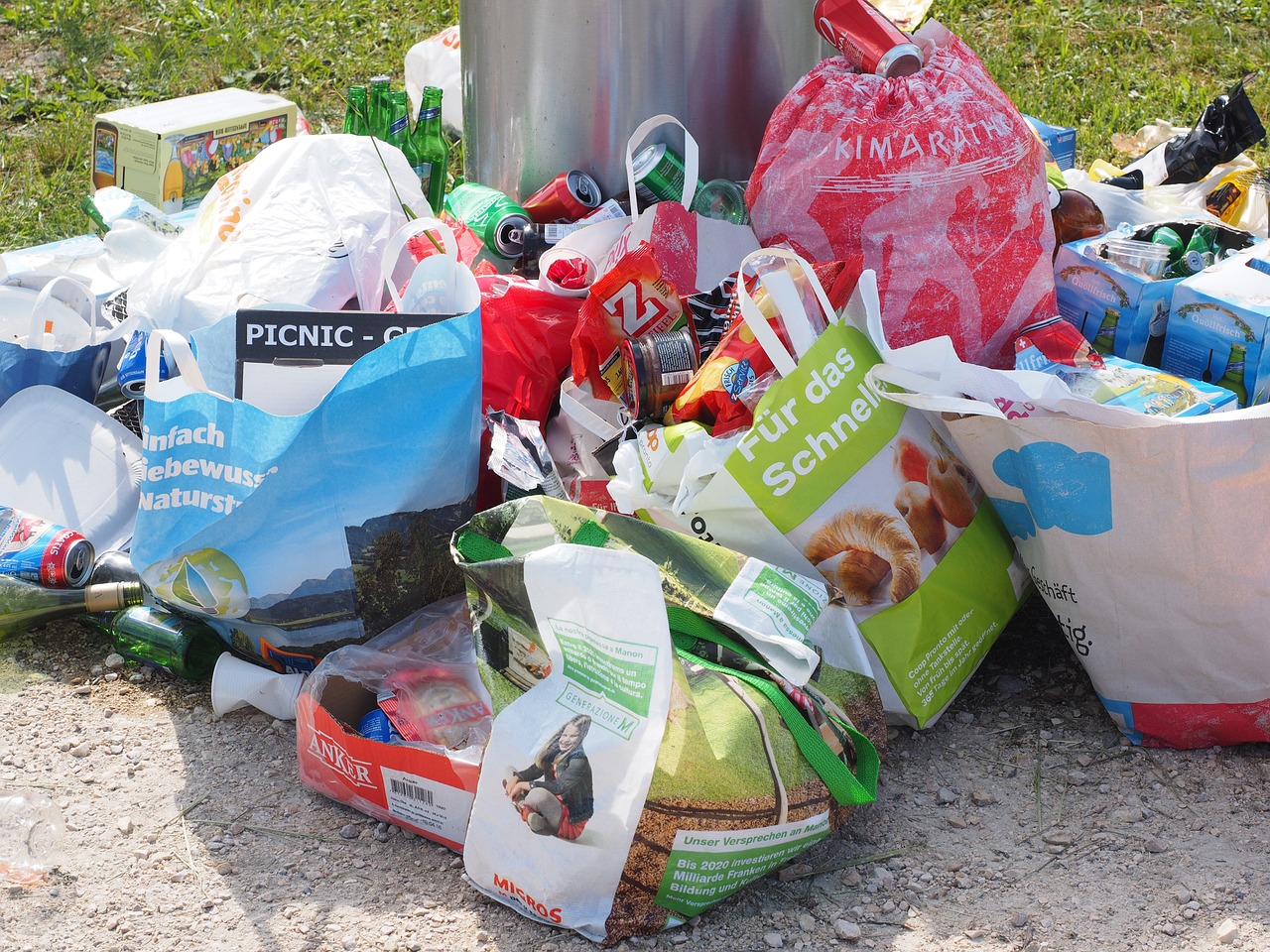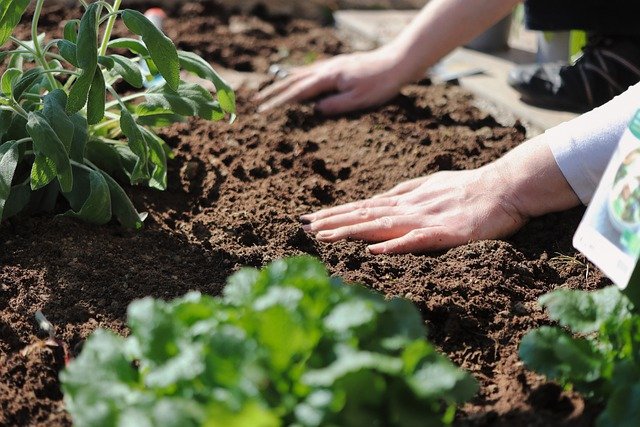
America is running out of fresh water. Population growth is increasing demand for water consumption, putting severe strain on the country’s water resources. Scientists predict that within the next 50 years, many regions of the United States will have their freshwater resources reduced by more than one-third.
A study published in the Earth’s Future journal revealed that by 2071, nearly half of America’s 204 freshwater basins may not be able to meet the nation’s water demand.With all the heavy rains and floods pummeling the country, it’s easy to assume that we have more than enough water to satisfy the nation’s needs. But demand for water is far outstripping supply, meaning America will face a looming water crisis in the near future. You might be wondering where all of our water is going? Everything we do, from manufacturing to construction and washing, requires water consumption. But most of our water is used to irrigate farmlands for growing crops to feed an ever-growing population.
Contents
Irrigation and Water Use
Agriculture is a water-intensive process. You’d be surprised how much water is needed to grow the food on your table. It takes a gallon of water to grow one almond nut, 60 gallons to grow an avocado, and 660 gallons to make the ingredients of a single hamburger. According to the United States Department of Agriculture (USDA), irrigating farmlands consumes up to 80 percent of the country’s freshwater resources. With agriculture consuming so much of the country’s water supply, improving irrigation efficiency can help avert a water crisis.
Improving Irrigation Efficiency
A small increase in irrigation efficiency can have a significant impact on the country’s future water supply. Reducing irrigation water use by just two percent can help prevent a third of U.S freshwater basins from depleting within the next 50 years. Fortunately, there are many strategies farmers can use to improve irrigation efficiency and conserve more water. Modern irrigation systems and sustainable farming practices can help avert a national water crisis.
Efficient irrigation systems like drip irrigation can help farmers grow crops more sustainably. Drip irrigation can reduce water use by more than 60 percent compared to sprinklers, helping farmers grow more food with much less water. Installing drip irrigation systems, though, can be expensive and very high maintenance, making them cost-effective only for growing high-value crops.
If you can’t install a drip irrigation system on your farm, don’t fret. There are other sustainable agriculture practices that can help you improve irrigation efficiency. Practicing organic farming methods is another effective strategy that can help you make the most out of every drop of water.
How Does Organic Farming Improve Irrigation Efficiency?

Organic farming focuses on enhancing soil quality to improve irrigation efficiency and conserve more water. Organic farming techniques such as composting and mulching improve soil health. Healthy soil that is rich in organic matter has better moisture-retaining capacity, meaning you will need to water your crops less often. Good-quality soil acts like a sponge, holding and releasing water to crop roots when the conditions become dry.
Improving soil quality will help you grow more crops with much less water. Research conducted by the Rodale Institute has found that organic farms have 40 percent higher crop yields than conventional ones in times of drought. Organic farming techniques that boost soil health can be used to grow crops more sustainably. Sustainable agricultural practices produce extra food with less water, feeding more people while conserving the earth’s most precious resource.
Do you want to improve the eco-friendliness and sustainability of your farm? Follow these sustainable organic farming practices to boost soil health and promote water conservation:
Composting
Compost is decomposed organic material that is traditionally made with leaves, shredded twigs, and vegetable scraps. Composting is a great way to recycle dead leaves and other yard waste into a useful product for enriching the soil. Gardeners and farmers consider compost to be “black gold” as the rich soil amendment delivers plenty of benefits in agriculture. Composting makes the soil easier to work with and improves its water-holding properties.
Just how effective is composting in helping the soil retain water? The soil can hold 16,500 gallons of water per acre down to one foot deep for every one percent of compost added to it. In other words, compost helps the soil hold a lot of moisture, which means you do not need to water your crops as often. Composting helps plants survive prolonged periods of drought and water stress, increasing crop yields and productivity.
How to Make Compost
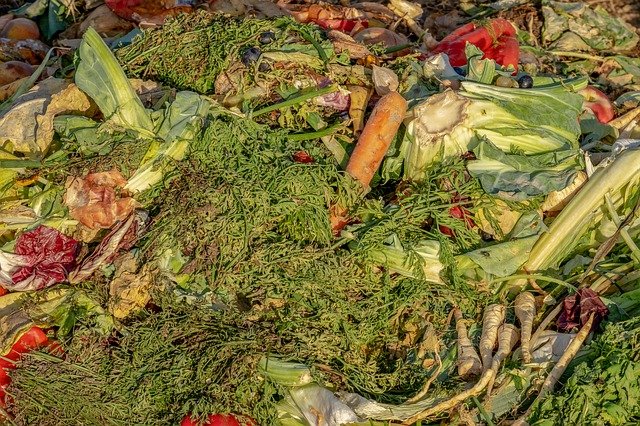
Now that you’ve learned how composting can improve irrigation efficiency, you’re probably thinking of adding some compost to your soil to save more water. You can buy bagged compost from the store, but we recommend you make them at home to reduce pollution and save money. You can use and combine any of these materials to make compost at home:
- Tissue and newspapers
- Fruit and vegetable scraps
- Leaves and grass clippings
- Shredded twigs and branches
The recipe for making compost is three parts browns to one part greens. Browns are plant materials that are derived from trees and include leaves, twigs, paper, etc. Greens are the fresher and juicer plants that include grass and kitchen waste. Browns contain carbon while greens contain nitrogen, both of which are necessary for decomposition to occur.
Once you have the correct brown-to-green ratio (3:1), here’s what you need to do to make compost:
- Shred or cut large items like twigs and branches into smaller pieces
- In a compost bin or open-air heap, pile a six to eight-inch layer of plant material followed by a one-inch layer of soil or previously made compost
- Sprinkle some water on the pile to keep the mixture damp, but not wet
- Add organic fertilizer such as blood or feather meal to supply extra nitrogen for accelerating the decomposition process
- Repeat steps (2 to 4) until your pile is three to four feet tall
- Use a garden fork to turn the mixture; turn the mixture every few days to speed up the decomposition process
- Keep the pile damp and aerated; it will take two to four months for the plant material to fully decompose and turn into compost
And, voila! You have made your very own homemade compost. Work one to two inches of your homemade compost into the top five inches of soil to boost its quality and improve your farm’s irrigation efficiency.
Diversify Crop Rotation
Weeds are a huge problem in agriculture. These nonproductive plants compete with crops for water, light, and nutrients, leading to less food production and a waste of precious water resources. Suppressing weed growth is essential to save more water and improve irrigation efficiency at your farm. Diversifying crop rotations is one of the easiest and most affordable methods to keep your farm weed-free and promote water conservation.
The concept of diversifying crop rotations is simple. All you have to do is not plant the same crop in the same spot year after year. Weeds thrive in environments in which they have adapted to. Planting crops with different characteristics will keep altering the soil environment, preventing weed adaptation to your farm’s growing conditions. An Iowa State University study has found that rotational diversity can decrease weed density by 65 percent, contributing to significant water savings at your farm.
Tips for Diversifying Crop Rotation
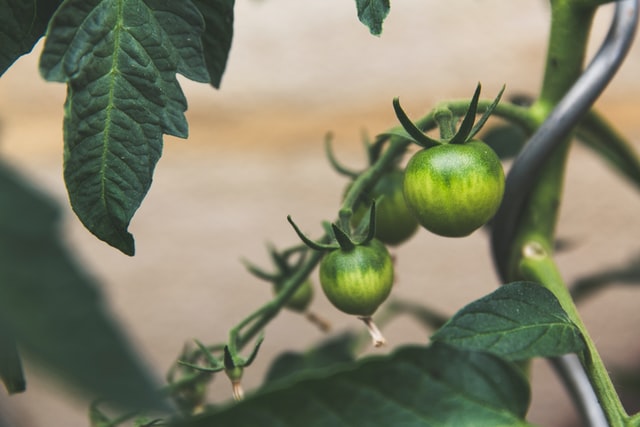
Crop diversity is the key to preventing weed infestation and reducing irrigation water use at your farm. How can you diversify crop rotations to suppress weed growth? A simple approach is to divide your crops into different plant groups. The four plant groups are:
- Fruit crops – Tomatoes, cucumbers, eggplants, melons
- Leaf crops – Spinach, lettuce, cabbage, herbs
- Root crops – Onions, carrots, radishes, turnips
- Legumes – Beans, peas, lentils, peanuts
Alternate between different plant groups when growing crops on your farm. For example, if you’re growing tomatoes and cucumbers this year, plant radishes and turnips in the same spot next season. Diverse plant groups will create different biological, chemical, and physical environments in the soil, which helps to prevent weeds from adapting and thriving in your farm.
Mulching
Mulch is a layer of material that is applied on the surface of the soil. The layer acts as a protective barrier, improving water retention and reducing moisture evaporation from the soil. Mulchingenhances the soil’s moisture-retaining capacity, leading to less irrigation water use in your farm. You can use organic or inorganic materials for mulching, but we recommend organic materials as they decay into compost over time and enrich your soil.
Common organic materials that you can use for mulching include:
- Hay
- Straw
- Shredded leaves
- Wood chips
- Grass clippings
- Cardboard and paper
How to Apply Mulch
Mulching will prevent the soil from drying out, reducing the amount of water needed to irrigate your farm. So how can you get and apply mulch? You can buy bags of mulch from a garden center, but it’s better to make your own to reduce waste. If you have trees on your property, you can shred up its dead leaves and make mulch out of them. You can also collect and chip old Christmas trees into small pieces of wood to use for mulching.
It is best to apply mulch in late spring and early fall as it helps to stabilize soil temperature during the summer and winter months. Here is how you can mulch your soil in four easy steps:
- Use a rake to smooth the soil’s surface
- Apply a two-inch deep layer of mulch over the soil
- Rake the mulch to create an even layer
- Water the mulch to weigh it down and prevent it from getting blown away
And there you have it. Mulching is a super easy and affordable agriculture technique that can help improve irrigation efficiency at your farm. Mulch your farm twice a year to improve soil quality and save more water.
Adopt Organic Farming Methods to Improve Irrigation Efficiency
Agriculture is the largest consumer of the country’s freshwater resources. With the current rate of consumption, most of the country will face an acute water shortage within the next few decades. Modern agriculture technologies are very effective at improving irrigation efficiency, but their high installation and maintenance costs make widespread adoption unattainable. Organic farming practices provide an affordable solution for improving irrigation efficiency, helping farmers use less water to grow food more sustainably.

